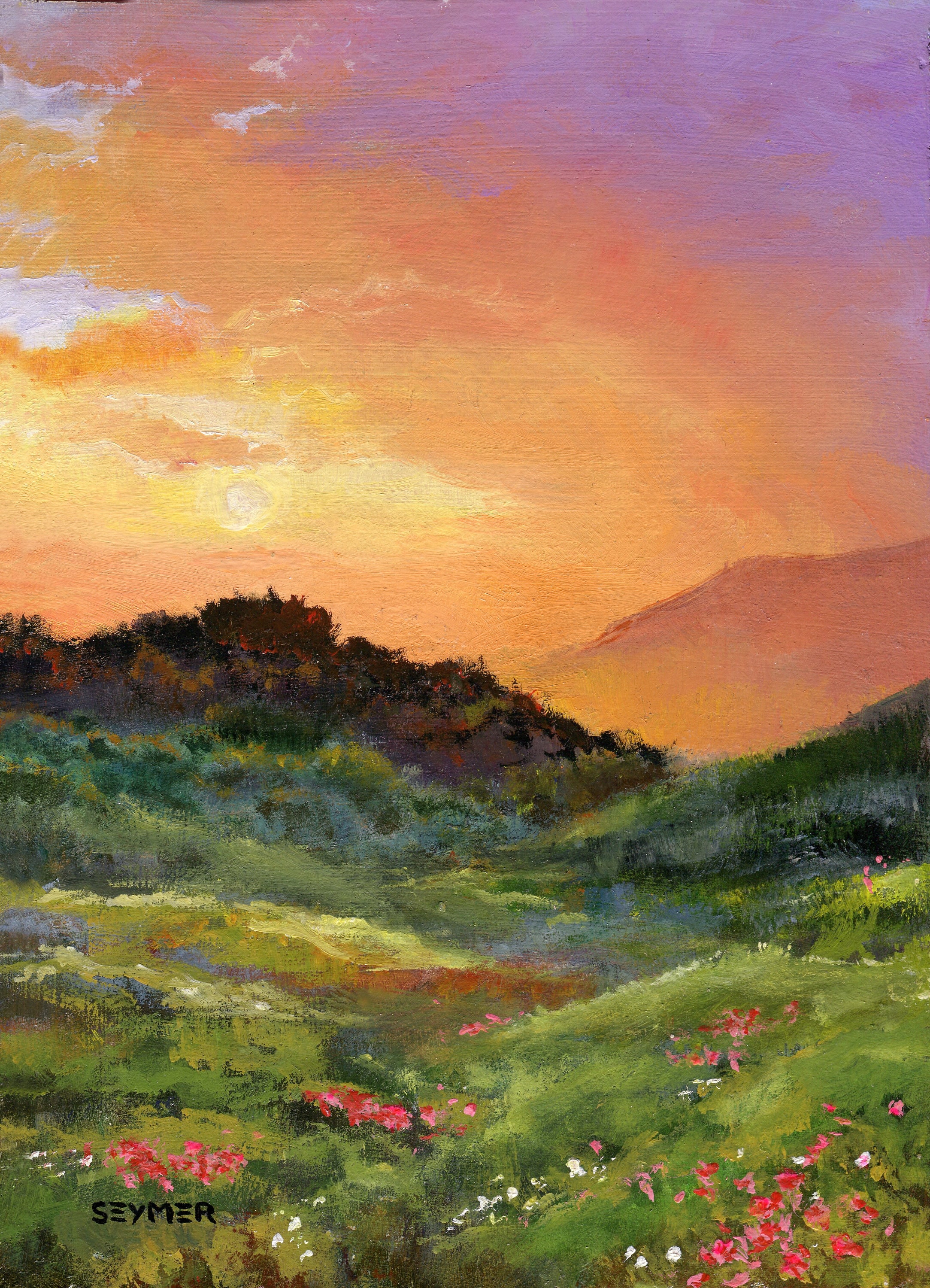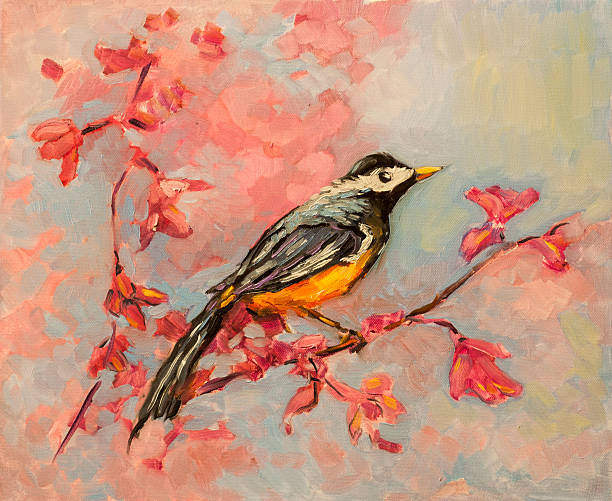Discover Breathtaking One-of-a-kind Oil Paintings for Sale Online
Discover Breathtaking One-of-a-kind Oil Paintings for Sale Online
Blog Article
Checking out Everything About Oil Paintings: An Overview to Comprehending Their Beauty and Value
Oil paints have mesmerized audiences for centuries, supplying a glance right into the artistic mastery of different periods. Their rich history is intertwined with ingenious methods and profound emotional expression. Recognizing the products and approaches behind these art work can improve gratitude. Additionally, the marketplace for oil paints provides opportunities for collectors and investors alike. As one discovers this remarkable globe, the question emerges: what makes an oil painting really important?
The Background of Oil Painting: A Journey With Time
Although oil painting has origins that date back to old times, it absolutely grew throughout the Renaissance, when artists uncovered its versatility and rich shade potential. Early examples can be traced to the 7th century, with methods evolving significantly throughout societies. The tool became noticeable in Northern Europe in the 15th century, specifically with the works of artists like Jan van Eyck, that spearheaded its usage for thorough realistic look and vivid shades. This duration noted a separation from tempera paints, enabling greater depth and structure. As oil paint spread, it influenced numerous musicians, bring about masterpieces by distinguished figures such as Leonardo da Vinci and Rembrandt. The medium's tradition proceeds, shaping the art world well into contemporary times.
Comprehending Oil Paints: Materials and Techniques
As musicians explore the world of oil paints, they experience a diverse array of products and strategies that specify this medium. The key components of oil paint consist of pigments, which provide color, and drying oils, such as linseed, that bind the pigments and assist in application. Different additives can change the paint's structure and drying time, boosting flexibility. Methods like glazing, where transparent layers are developed, and impasto, which includes using thick paint, enable different aesthetic results. Furthermore, using brushes, palette blades, and also fingers can develop distinct appearances and finishes. Comprehending these materials and methods makes it possible for musicians to totally share their creativity and attain the desired effect in their art work.
The Function of Shade in Oil Paintings
Shade plays an essential role in oil paintings, affecting both visual appeal and psychological resonance. Comprehending shade concept fundamentals, including the partnerships in between colors, can enhance an artist's capability to share state of mind and ambience. Additionally, mastering color blending techniques enables better depth and splendor in a painting's scheme.

Shade Theory Essential
Recognizing shade theory is vital for artists collaborating with oil paints, as it creates the foundation for producing visually appealing and unified compositions. Shade theory encompasses the research of exactly how shades engage, the shade wheel, and the partnerships between primary, additional, and tertiary colors. Musicians use corresponding colors to enhance contrasts and develop centerpieces, while analogous colors advertise unity and cohesiveness within an item. Furthermore, the ideas of cozy and awesome colors affect the perception of deepness and space in a painting. Comprehending these principles enables musicians to manipulate color successfully, guiding the audience's eye and interacting their intended message. Proficiency of shade concept inevitably improves a musician's ability to convey emotions and ideas through their job.
Emotional Impact of Color
The psychological effect of shade in oil paints plays a crucial role in exactly how visitors perceive and connect with art work. Shades stimulate specific sensations and state of minds, influencing the viewer's mood. As an example, cozy shades like reds and oranges can develop a feeling of heat and power, while trendy tones such as blues and environment-friendlies typically evoke peace or self-contemplation. Artists strategically pick color combinations to enhance narrative elements, guiding the audience's psychological trip. The saturation and comparison of colors further amplify these effects, attracting interest and producing focus. Eventually, the interaction of shades in oil paintings not just boosts their visual allure however likewise works as a powerful tool for emotional expression, improving the customer's experience and interpretation.
Shade Mixing Techniques
While several elements of oil painting contribute to the overall composition, grasping color mixing methods is important for attaining wanted results and deepness. Shade mixing can be approached through numerous techniques, consisting of the subtractive and additive processes. Additive mixing entails integrating shades of light, while subtractive blending depends on pigments, where colors blend to produce brand-new shades. Musicians often use a minimal scheme to develop unified works, understanding the partnerships in between key, secondary, and tertiary shades. Methods such as glazing and scumbling further boost deepness and brightness. By masterfully mixing colors, a musician can evoke emotions, produce focal points, and attain a sense of realism, ultimately elevating the painting's emotional and visual influence.
Famous Oil Painters and Their Iconic Works

Famous for their mastery of shade and technique, oil painters have actually developed several of one of the most popular art work in history. Prominent artists like Vincent van Gogh astounded target markets with his stirring brushwork in "Starry Night," while Claude Monet's "Impact, Daybreak" laid the groundwork for Impressionism. Leonardo da Vinci's "Mona Lisa" remains a long-lasting icon of artistic wizard, showcasing his skill in capturing human expression. Rembrandt's "The Evening Watch" highlights his ingenious use of light and shadow. Various other significant numbers include Pablo Picasso, that changed modern art with his bold experimentation in jobs like "Les Demoiselles d'Avignon," and Georgia O'Keeffe, whose dynamic depictions of landscapes and blossoms assisted define American modernism. Each musician's one-of-a-kind design contributed considerably to the oil paint landscape.
Just how to Examine the Quality of an Oil Paint
Assessing the quality of an oil painting involves a careful assessment of craftsmanship strategies, as well as an analysis of color and structure. Observing brushwork, layering, and the application of paint can expose the artist's skill level. In addition, the interplay of colors and the general arrangement of aspects add considerably to the painting's aesthetic worth.
Examining Craftsmanship Methods
A thorough analysis of workmanship methods is important for establishing the top quality of an oil painting. Critics ought to first examine the application of paint; thick, textured brushstrokes might suggest an experienced hand, while excessively uniform applications might suggest a lack of depth. oil paintings for sale. The layering strategy is additionally important; the presence of lusters and differed thickness can improve luminosity and complexity. Furthermore, the quality of the products used, such as the canvas and pigments, plays a significant duty in durability and total visual. Attention to information in components like edges and changes between colors reflects the artist's commitment to their craft. Inevitably, these strategies add to the painting's emotional impact and market price, functioning as signs of the artist's skill and intent
Analyzing Shade and Structure
While evaluating the quality of an oil paint, one have to concentrate on the interaction of color and make-up, as these aspects are fundamental to the art work's general influence. Color selections can establish and stimulate feelings mood; for that reason, the artist's palette ought to be taken a look at for harmony and contrast. A well-balanced composition guides the more info customer's eye and creates a sense of unity. Musicians frequently employ techniques like the policy of thirds or leading lines to enhance visual passion. Furthermore, using light and shadow can add depth, improving the three-dimensionality of the painting. Ultimately, an effective oil painting weds shade and structure, involving the audience and welcoming a much deeper appreciation of the musician's vision and strategy.
Taking care of and Preserving Oil Paintings
Correct care and preservation of oil paintings is crucial for keeping their honesty and longevity. To safeguard these art work, it is essential to present them away from straight sunlight, which can create fading and staining. Maintaining a steady environment with controlled temperature level and moisture more help in protecting against damage. Cleaning need to be done carefully making use of a soft, completely dry fabric, avoiding any kind of harsh chemicals that could hurt the paint or varnish. Routine assessments for signs of deterioration, such as flaking or fracturing, are recommended. When delivering or storing oil paints, appropriate cushioning and framing are required to avoid physical harm. Eventually, persistent care adds to the visual allure and worth of oil paints over time.
The Market for Oil Paints: Spending and gathering
Understanding the market dynamics for oil paints is necessary for enthusiasts and financiers alike. The worth of these artworks is influenced by different aspects, including the musician's online reputation, historical importance, and existing trends. Collection agencies commonly seek items that reverberate directly while thinking about possible recognition in value. Auctions and galleries work as main locations for acquiring and marketing, with prices varying based on demand and rarity. Investing in oil paints calls for research into the marketplace, as well as an understanding of credibility and provenance. In addition, emerging artists might use opportunities for substantial returns, while established names can regulate high prices. On the whole, a critical method to gathering can yield both visual pleasure and monetary incentives.

Regularly Asked Inquiries
What Are the Ecological Impacts of Oil Paint Materials?
The ecological effects of oil painting products consist of the launch of unstable natural substances (VOCs), unsafe waste generation, and resource extraction for pigments. These aspects add to pollution and environmental deterioration, elevating worries among eco mindful musicians and consumers.
Just How Do Various Canvases Influence Oil Paint Results?
Different canvases affect oil paint results substantially. Texture, absorbency, and surface quality can alter paint application, drying out times, and shade vibrancy. Musicians commonly choose particular canvases to achieve preferred effects and enhance their artistic expression.
Can Oil Paintings Be Brought Back if Damaged?
Oil paints can indeed be restored if harmed. Professional conservators utilize different techniques to fix rips, tidy surface areas, and address discoloration, ensuring that the art work maintains its original charm and value for future generations.
What Are the Indicators of an Original Oil Painting?
The signs of an original oil paint consist of noticeable brush strokes, appearance variants, and an irregular canvas weave (oil paintings for sale). Additionally, authenticity may be verified through provenance, signatures, and the existence of a varnish layer unique to oil mediums
Exactly How Has Innovation Influenced Modern Oil Paint Techniques?
Modern technology has actually considerably affected contemporary oil paint methods by introducing digital devices for planning, improved products for texture and longevity, and on the internet platforms for marketing and sharing art, thus increasing artists' innovative opportunities and audience reach. Oil painting has roots that date back to old times, it really thrived throughout the Renaissance, when artists discovered its flexibility and abundant shade potential. The emotional influence of color in oil paintings plays a crucial duty in how visitors view and link with artwork. While several elements of oil painting add to the overall composition, grasping color mixing methods is essential for attaining desired effects and deepness. Reviewing the high quality of an oil paint entails a cautious assessment of workmanship methods, as well as an analysis of color and structure. While examining the quality of an oil painting, one must concentrate on the interplay of color and make-up, as these components are essential to the art work's general influence.
Report this page